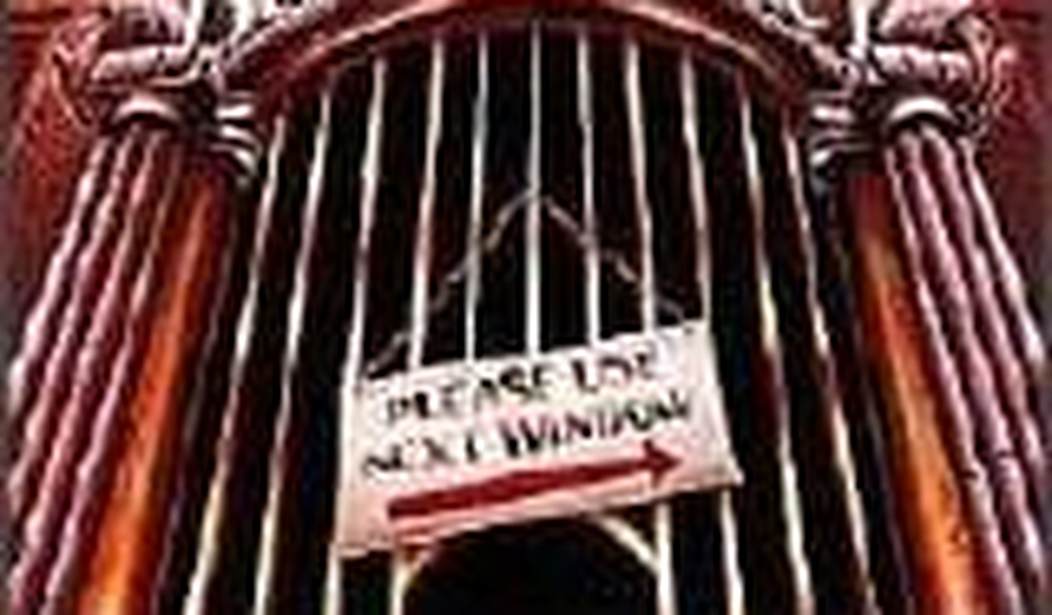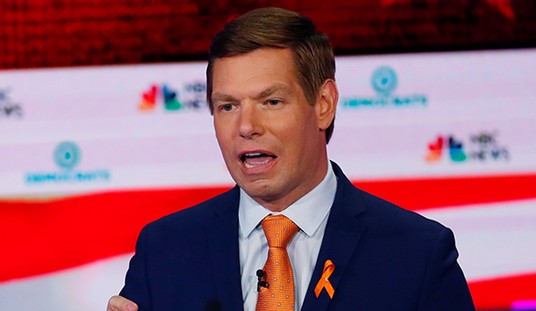We always celebrate the sacrifices and contributions of our military men and women, and rightly so. But why not the less dangerous but often saintly deeds of the rest of our public servants?
If you favor less government, maybe you enjoy excoriating “government bureaucrats,” but are you cutting your nose to spite your face?
Animus towards bureaucrats can be motivated by resentment of government intrusiveness in personal or business affairs, or resentment of the cost of keeping public employees. The problem is, fewer bureaucrats do not necessarily reduce government intrusiveness or public spending. A smaller civil service may in fact cause or at least coincide with expanded intrusiveness or spending.
Below is a chart of Federal civilian employment since 1970. It does not include uniformed service people or postal workers. The big arrows up top show election years that changed occupants of the White House. In practice, an incoming president of course does not affect anything in the election year before he takes office, and little in the first fiscal year that ends in the September after he comes in. By January the budget for that fiscal year is usually preordained. Naturally, the president’s subsequent power over these numbers is not automatic either. We include presidents to provide some chronological context.
Let’s take them in order, keeping in mind that I am not necessarily attributing what happened to White House desires. Under Jimmy Carter, after a jump from 1977 to ’78, both defense and non-defense employment fell. Under Ronald Reagan, defense rose and non-defense fell through 1984, then both reversed somewhat — defense falling and non-defense rising. During Bush I, the latter pattern continued. Under Bill Clinton, both fell, defense faster. Under Bush II, non-defense went up and defense stayed constant. Note that a flat, falling, or slowly rising level means there are fewer civilian employees relative to U.S. population.
It should be obvious that defense sector employment has limited bearing on how much defense-related action is going on, and how much it costs. It does not include people in uniform, nor the huge procurement associated with defense build-ups and actual armed conflict. But what about non-defense?
In domestic policy, there are many ways to skin a cat. If you don’t use government employees to get something done, you can a) enact regulations obliging somebody else to do it, either state and local governments,business firms, or individuals; b) set up tax incentives (could be positive or negative, but they are usually positive) to encourage an activity; c) provide a grant to a non-profit organization or state/local government; d) hire contractors out of the private sector, either for-profit or non-profit.
We can find three periods where civilian non-defense employment fell: 1978-82, 1992-2000; and 2003-06. But was this reason to celebrate?
It’s difficult to measure the force of regulations, though we should recognize that regulations require enforcement by somebody. If there are no government employees to enforce a rule, somebody else has to, else the rule is hollow. As far as intrusiveness goes, the Patriot Act and associated depredations of the InJustice Department harken back to the good old days of Tricky Dick, but here we will stick to economics.
The Government does not publish a consistent historical tax expenditure series, they only report current expenditures and those for coming years, so that’s out. We do have numbers on grants to state and local governments and what you could call ‘overhead’ — spending on government operations for public employees, procurement, and contracting. My grants number does not include grants “for payments to individuals” (especially Medicaid) because I want to look at how direct services and overhead are financed. Payments to individuals (or their doctors) are benefits. Other grants finance governments providing some kind of service. If this bothers you, I provide numbers on total non-defense spending too.
The next chart shows average annual compound growth rates adjusted for inflation for total non-defense outlays, grants to state and local governments, and other direct spending by the Feds (salaries, contracts). The first set of bars shows the entire period from 1950 to 2006. The other three sets show the periods of government employee decline cited above.
The Carter-Reagan period (I always say Reaganomics began in 1978) is what you would expect — grants and direct spending fall in real terms, and total spending grows more slowly than the long-run average (but not that much slower!). In the days of Clinton, grants grew faster than direct spending, and both grew more slowly than the averages. Total spending grew more slowly than under Cartereagan.
Then we have George Bush. Ah. Total non-defense spending grows faster than under Clinton, grants grow more slowly, and direct spending grows much faster than any of the other periods.
Constraints on government hiring have an uncertain impact on total spending. One reason to be interested is that when contracting grows, as it evidently has since 2001, the efficiency of contract spending depends on whether anybody is watching the store. If we have fewer bureaucrats organizing competitive bidding and monitoring contract performance, you can expect unsatisfactory performance. Many professional contract employees are paid more than public ones. Alternatively, use of very low-wage labor by contractors for some tasks comes back to bite the public sector on the ass in the form of higher eligibility for Medicaid — health care for the poor, working or not.
We were speaking of pork a couple of weeks ago. A professional civil service is better-situated to evaluate projects proposed for earmarking than any other imaginable body. The same goes for evaluating contractors and each other.
‘Professional’ in this context means jobs that you would want to make a career in, accepting somewhat reduced pay for job security and an opportunity to serve the nation. A professional with long-term job tenure accumulates expertise and can inform policy-making. She can provide objective analysis without fear of political retaliation (assume for a moment we have responsible politicians in charge). Bloggers and the public at large can spot egregious excess and unearth scandals, but they can seldom provide systematic, informed, objective evaluation of spending proposals.
Bottom line is, if you don’t like federal spending, don’t blame the bureaucrat. If you want more efficient public spending, don’t gauge it by reductions in civil service employment.
(If you want to check my calculations, the original spreadsheets and graphs are here and here.) Sources are the Federal budget documents.
Max B. Sawicky is an economist at the Economic Policy Institute. He has worked in the Office of State and Local Finance of the U.S. Treasury Department and the U.S. Advisory Commission on Intergovernmental Relations. He is a member of the National Board of Americans for Democratic Action and serves on the editorial advisory board of Working USA. He is a frequent contributor to TPM Cafe. Sawicky’s page can be found at Max Speak, You Listen!











Join the conversation as a VIP Member